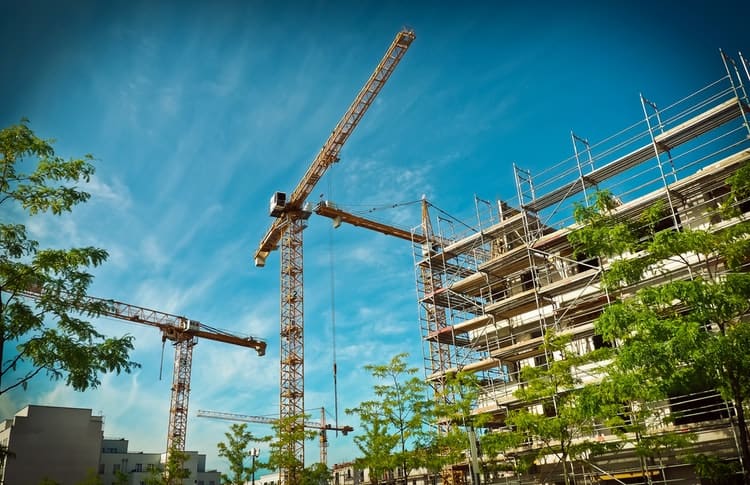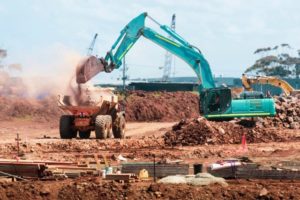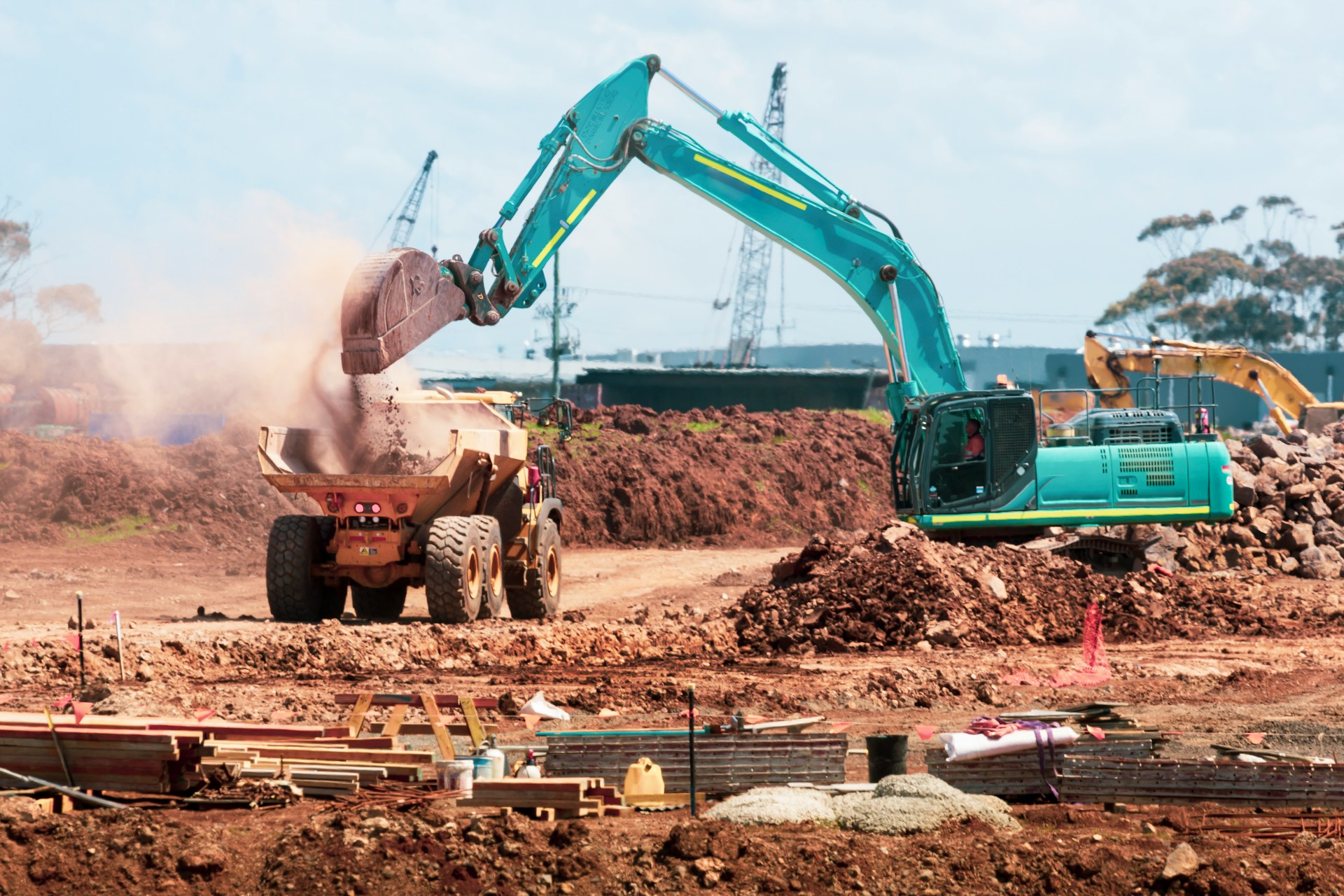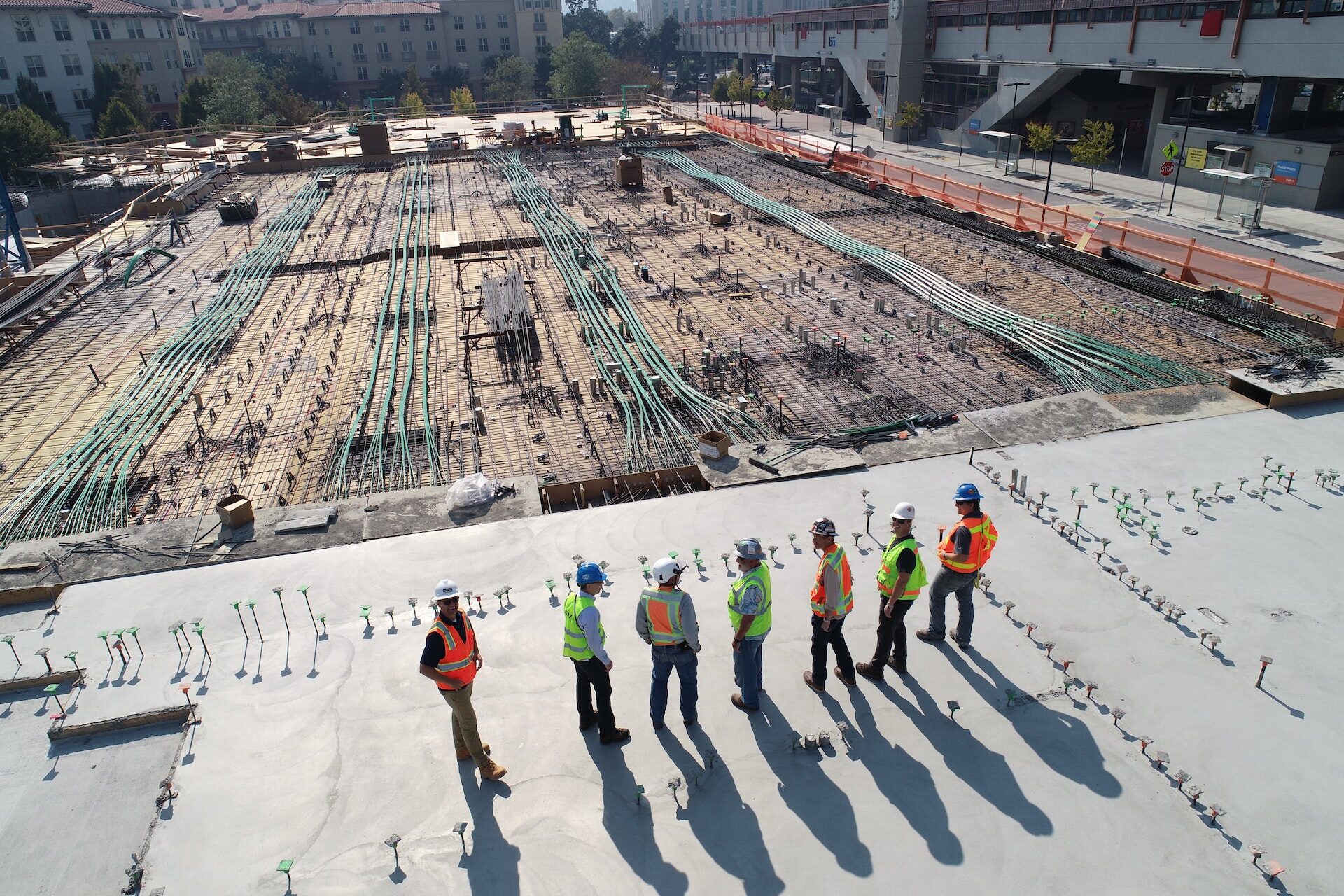
What Trends Will Impact the Construction Industry?
January 10, 2019 - Emily Newton
Revolutionized is reader-supported. When you buy through links on our site, we may earn an affiliate commision. Learn more here.
The construction industry is continually growing and changing. New trends emerge that upend popular traditions and techniques, and 2019 is shaping up to be an exhilarating year for the industry. What new construction industry trends can we expect to see in the coming year?
1. Use of Drones
Drones aren’t just for photographers and hobbyists anymore. They’ve also become useful tools on construction sites across the country. Drone use in construction sites has increased by 239 percent in the last year alone. Drones can be used to track the progress of a project, plan a jobsite before construction begins, or even make quality control easier by enabling supervisors to monitor things remotely.
A well-equipped drone, when paired with a skilled operator, can make worksites safer and more efficient, and we will likely see more of them in 2019 and beyond.
2. Sustainable Construction Materials
Concrete, steel, and oak have all been used in the past for the construction of homes and other buildings, but they aren’t as sustainable as some other options that are becoming more prevalent and affordable than ever. Bamboo, for example, grows up to 25 times faster than an oak tree. A bamboo plantation that is tasked for construction can be harvested in as little as two years and can be collected again every year once it’s mature. A similar oak plantation can take up to 50 years before it’s fully grown and ready to harvest.
Properly treated, bamboo can be as strong as oak for construction, and is infinitely more sustainable. More companies are offering bamboo and other sustainable options every year, and that will continue in 2019.
3. New Data Techniques
Data management technology has evolved considerably since the days of paper blueprints and completion checklists on a clipboard. Digital data storage is more efficient and often more accurate than older analog models — even spreadsheets can have an error rating of up to 94 percent.
The key is to look for a data management program that is designed specifically for the construction industry or one that can be customized individually to the needs of the company. New technology has made these data programs more affordable and user-friendly so they can be adapted to nearly any company’s needs and specifications.
4. Energy-Efficient Materials
Consumers are becoming eco-friendlier as global warming and climate change become more significant concerns, which translates into the buildings they design and the materials they want to work with. Newer, more energy-efficient materials are becoming a popular choice. Things like low-emissivity windows, which act as insulators, and framing materials made from recycled wood or plastic composites are easy to obtain and less expensive than they used to be. They’re also much greener than traditional materials, making them more attractive to eco-minded consumers.
Many of these materials have been available for a while — low-e windows were initially invented in the 1980s — but eco-conscious consumers are turning them from an option into a necessity.
5. 3D Printing
3D printers are another toy that might seem like it fits better in a hobbyist’s workshop than it would on a construction site, but as the technology develops, the applications for it continue to expand. The University of South Carolina, for example, created a 3D printer that could exude lines of concrete instead of plastic, forming a custom structure. In theory, this technology could be used to build entire homes autonomously. Once the house was built, workers could then move in to install things like plumbing and electricity.
Among construction industry trends, this one is still in its infancy, but it is an exciting example of what technology could do for the industry in 2019.
6. Prefabricated Construction
With traditional construction techniques, all the work is done on-site as the building is fabricated from the ground up. Prefabricated construction could change that, by assembling a structure in sections off-site, then putting them together once they reach the construction site. This can reduce the cost of construction as well as the amount of time it takes to complete a project from start to finish.
There is an infinite number of applications for this kind of technology. If a restaurant franchise wants to ensure all its locations look the same, it can mass-produce the structure in a factory and ship them to their destinations. If a housing development is being built that uses identical models for each home, these could be produced and assembled in no time.
7. Worker Shortage
This is one negative trend that will follow the construction industry into 2019. The labor shortage started in 2011 when the home construction industry bottomed out, but it has continued to grow in the intervening years. Between 2006 and 2011, the industry lost more than 2.3 million jobs. More than 69 percent of companies that are members of the National Association of Home Builders has reported that their projects are delayed because of a lack of skilled workers.2019 doesn’t look like it’s going to be much better when it comes to the construction industry. It’s entirely possible that we’re just seeing the beginning of the construction shortage, especially as older workers reach retirement age and leave the workforce. There aren’t enough new workers to replace them.
For the most part, 2019 looks like it’s going to be a prosperous year for the construction industry if companies can overcome the worker shortage that is hobbling the field. New green and sustainable technologies are appealing to eco-minded consumers, and construction industry trends and technologies are making the job faster and more efficient than ever before.
Revolutionized is reader-supported. When you buy through links on our site, we may earn an affiliate commision. Learn more here.
Author
Emily Newton
Emily Newton is a technology and industrial journalist and the Editor in Chief of Revolutionized. She manages the sites publishing schedule, SEO optimization and content strategy. Emily enjoys writing and researching articles about how technology is changing every industry. When she isn't working, Emily enjoys playing video games or curling up with a good book.




